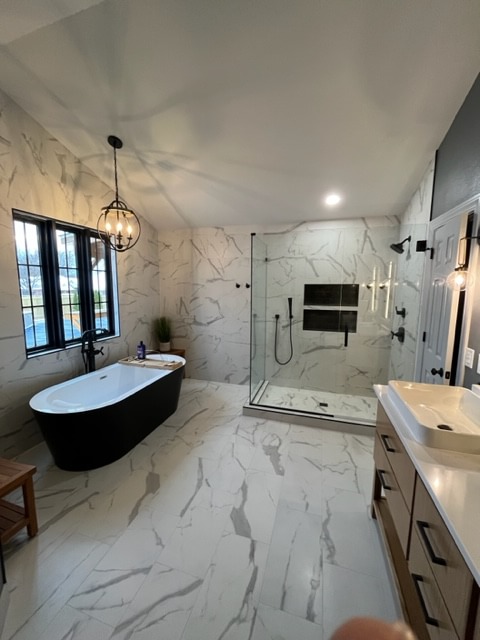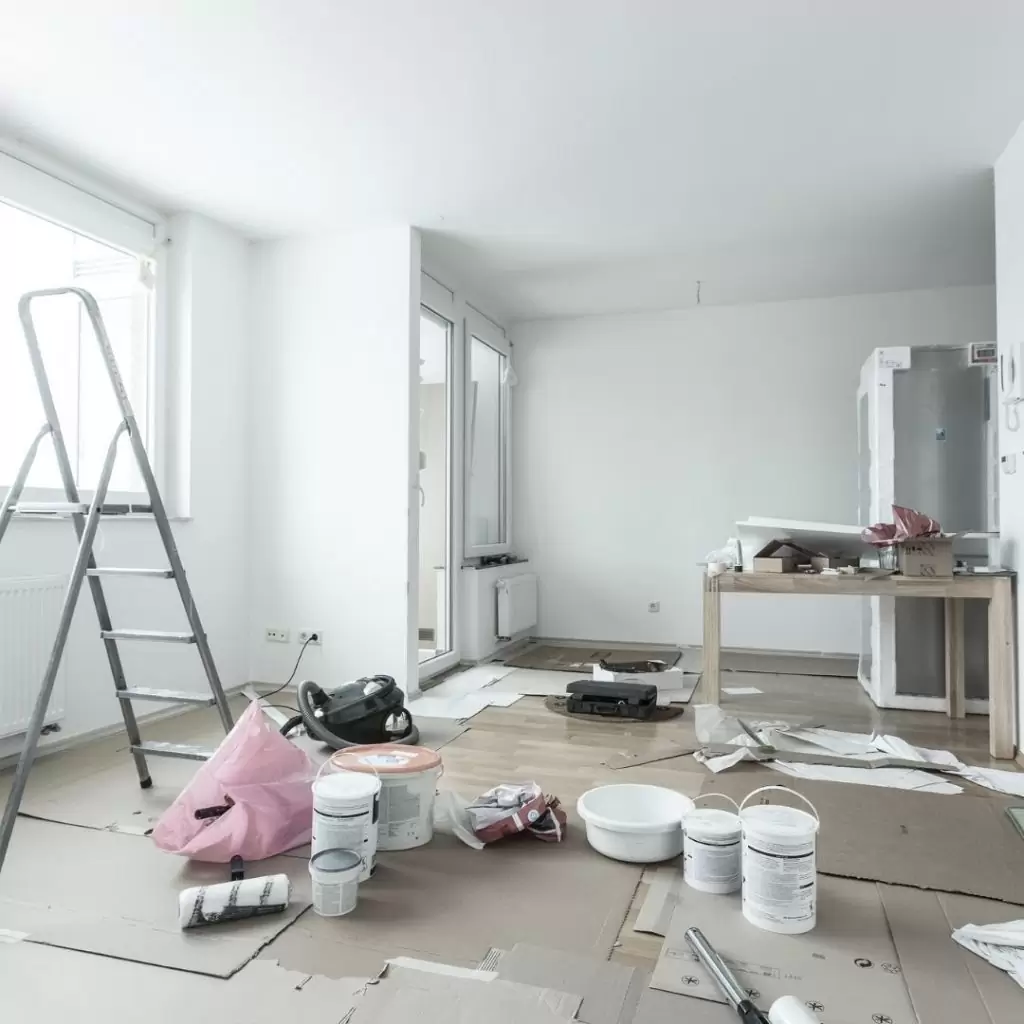Reveal the Leading Patterns and Technologies Shaping the Future of General Improvement Practices
In the world of general improvement practices, a transformative change is underway, moved by a wave of innovation and arising patterns that assure to redefine the way we approach restoring and reconditioning spaces. As the sector navigates towards a future noted by sustainability, innovation integration, and effectiveness, it becomes progressively critical to stay abreast of the advancements forming this evolving landscape. From the prevalent adoption of smart home modern technologies to the usage of digital reality tools in layout processes, the opportunities seem unlimited. What do these improvements imply for the future of remodelling methods, and how will they impact the way we picture, intend, and implement restoration jobs?

Lasting Materials Integration

One trick advantage of including sustainable products right into restorations is the reduction of waste and ecological influence. By repurposing materials or picking alternatives made from renewable energies, the construction industry can considerably lower its carbon footprint. Additionally, lasting products usually boast higher top quality and sturdiness, bring about longer-lasting renovations that need less upkeep over time.
Furthermore, the integration of lasting materials can enhance the total looks of an improvement task. Designers and designers are discovering ingenious methods to include environmentally friendly materials into modern-day and fashionable styles, confirming that sustainability and aesthetic charm can go together (deck contractor). As the need for sustainable practices continues to climb, the combination of these materials is expected to come to be the requirement as a whole restoration practices
Smart Home Technologies Fostering
Significantly integrated into contemporary houses, the adoption of clever home innovations is improving the method we connect with our home. From voice-activated aides like Amazon's Alexa or Google Home to smart thermostats, lighting, safety and security systems, and home appliances, the smart home trend is transforming the concept of home comfort and effectiveness.

Moreover, the combination of fabricated knowledge and artificial intelligence formulas into clever home devices enables them to discover individual preferences and adapt setups accordingly, more boosting individual convenience and ease. As clever home modern technologies proceed to development and come to be extra easily accessible, their fostering is expected to come to be even more prevalent, shaping the future of domestic living.
Online Reality Design Tools
Digital Truth Design Tools provide a transformative method to imagining and intending restoration projects (deck contractor). By involving individuals in a check my site virtual atmosphere, these devices allow them to experience a sensible representation of the last style prior to any kind of physical modifications are made. This technology permits house owners, designers, and service providers to team up a lot more properly, ensuring that everybody involved has a clear understanding of the task scope and vision
One of the key benefits of Virtual Reality Style Devices is their ability to simplify the decision-making procedure. Users can experiment with various materials, designs, and configurations in real-time, enabling them to make educated choices that align with their choices and spending plan restrictions. Additionally, these tools can help this content recognize prospective issues or disputes in the design at an early stage, ultimately conserving time and resources throughout the improvement procedure.
Energy-Efficient Solutions Application
In the middle of the growing focus on lasting techniques in the construction industry, there is a significant change in the direction of implementing energy-efficient services in restoration jobs. Energy-efficient options are ending up being a keystone in modern-day improvement techniques as they supply countless advantages to both homeowners and the setting. These remedies incorporate a series of modern technologies and layout concepts intended at minimizing energy consumption, lowering utility prices, and decreasing the eco-friendly footprint of buildings.
One prevalent trend in energy-efficient improvement is the assimilation of wise home innovation. This includes the use of programmable thermostats, energy-efficient lighting systems, and clever devices that can be managed remotely. Additionally, the fostering of high-efficiency home heating, air flow, and air conditioning (HVAC) systems plays an essential role in enhancing the overall power efficiency of remodelled spaces.
Moreover, the unification of lasting Discover More Here products such as energy-efficient windows, insulation, and roof covering can substantially enhance a building's thermal performance, more minimizing power needs. By prioritizing power performance in remodelling tasks, stakeholders can not only achieve expense savings over time however additionally contribute to a greener and more sustainable constructed atmosphere.
Green Structure Certification Trends
The need for green structure certification is gradually rising in the building sector as stakeholders seek to confirm their commitment to lasting building techniques. Green structure certifications, such as LEED (Management in Power and Environmental Style) and BREEAM (Structure Research Establishment Environmental Analysis Technique), are becoming significantly popular as they show a structure's environmental efficiency and sustainability. These certifications think about numerous aspects, consisting of power efficiency, water usage, products choice, interior environmental top quality, and the general influence on the environment.
Among the current fads in green structure qualification is the combination of clever modern technologies to boost a building's sustainability. This includes making use of IoT (Net of Points) tools for keeping an eye on power intake, maximizing indoor ecological conditions, and improving overall functional efficiency. Additionally, there is a growing emphasis on health and wellness facets within green structure requirements, concentrating on elements like air top quality, natural light, and biophilic style elements.

Final Thought
Finally, the future of basic renovation practices is being shaped by the combination of sustainable materials, adoption of wise home modern technologies, application of digital reality design tools, implementation of energy-efficient services, and patterns in eco-friendly structure qualification. These technologies are driving the sector in the direction of even more eco-friendly and highly progressed remedies, inevitably boosting the quality and efficiency of renovation projects.